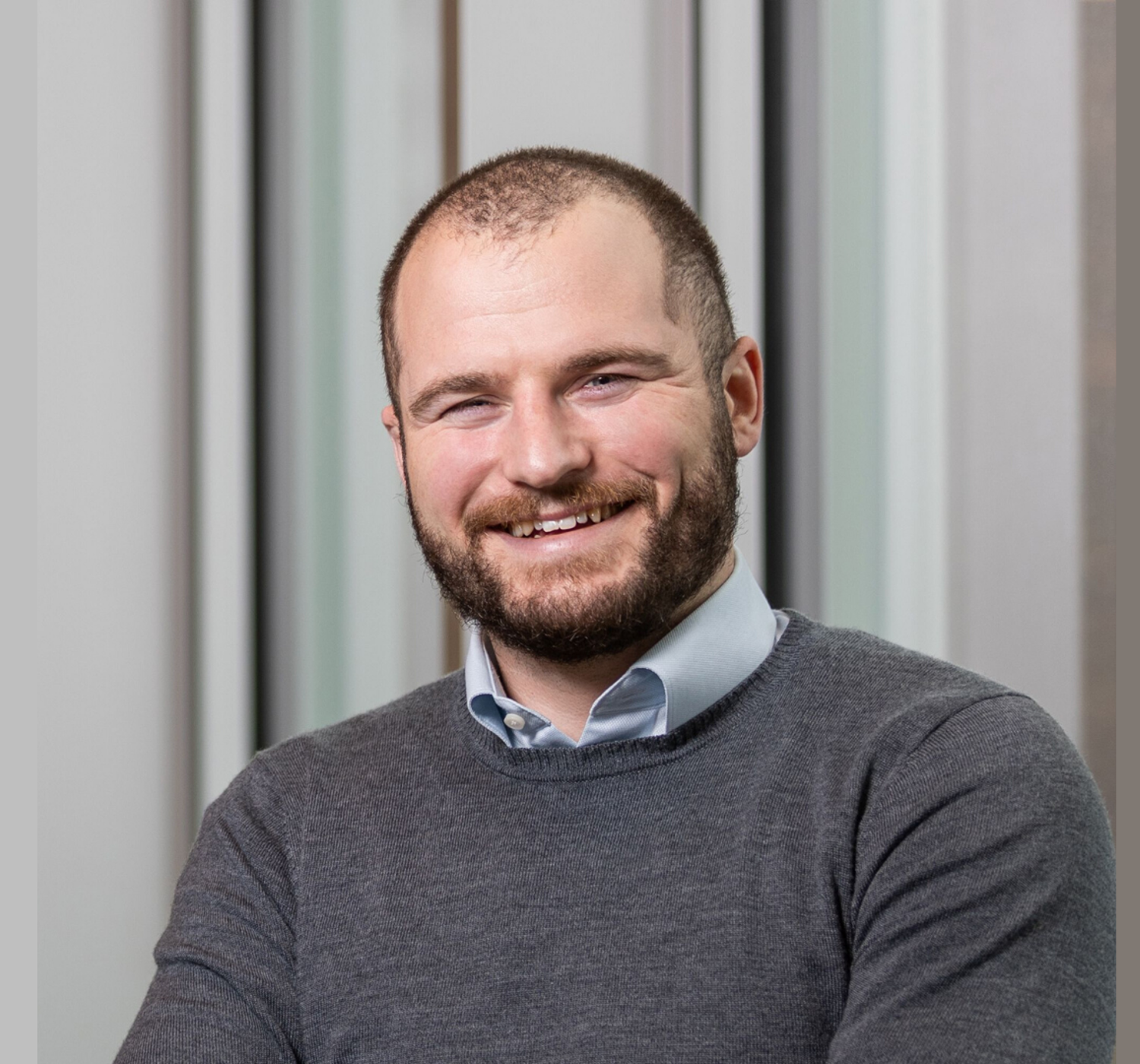
What can be more beautiful than solving two problems at once? British-Dutch company Deep Branch produces protein-rich ingredients for animal feed via fermentation. These ingredients replace fishmeal and soy. An important raw material for Deep Branch's ingredients is locally captured CO2. In this way, Deep Branch ensures more sustainable fish farming and fewer greenhouse gas emissions. Pete Rowe, one of the founders and CEO, explains how this is possible.
By Bureau Lorient Communicatie & DSM Delft Communicatie
When electricity is produced from biomass, CO2 is released. This is captured and purified to 99.9% pure CO2. Deep Branch uses this CO2, together with hydrogen, water and micronutrients, to make a 'soup'. In a bioreactor, micro-organisms thereafter produce a highly protein-rich product from this soup. By drying this an important ingredient for animal feed is created: Proton™.
Sustainable farmed fish
"We are using fermentation to produce high quality ingredients for a more sustainable, circular and robust food supply," says Pete Rowe. The first application will be feed for farmed fish. That feed replaces fishmeal and soy, which are now often shipped in from South America. That is not very sustainable. If the farmed fish were to be fed primarily with CO2-based food, this would make the process much more sustainable - and without the need for fertile land. Danish BioMar, supplier to the aquaculture industry, will purchase the Proton™.
Why didn't someone think of that before? Rowe: "For starters, there has to be enough CO2 and (green) hydrogen readily available. These products are now becoming increasingly available during the current energy transition. In addition, you must have a good solution for sterility during fermentation. And that in combination with a completely safe handling of the hydrogen and oxygen during the process. We have developed that combination."
Great leap
Deep Branch is still in the process of development. In May 2022, pilot plant-scale production started in Geleen: 10 tons per year. In two to three years, production should be increased to 250 to 500 tons. And that is the prelude to the great leap that must be realized by the end of the decade. Currently, five possible production sites in northern and northwestern Europe are in the race for that. One of these is to house a plant that will produce 100,000 tons of Proton™ annually. The product is suitable not only as an ingredient for fish feed, but also as an ingredient for poultry feed. There is already a customer waiting for this. In the longer term, it is even possible to consider proteins for the human menu. Rowe: "In principle, we can produce a great deal. It is obvious that in time we will be playing on more than one board and that we will deploy our technology as widely as possible."
Want to learn more about Deep Branch? Check out their community page
